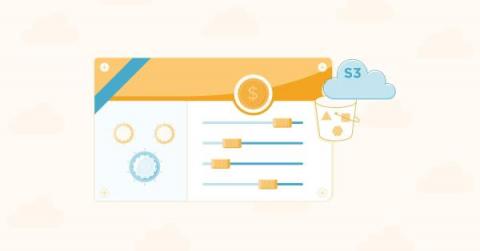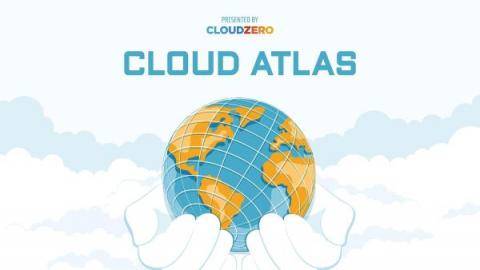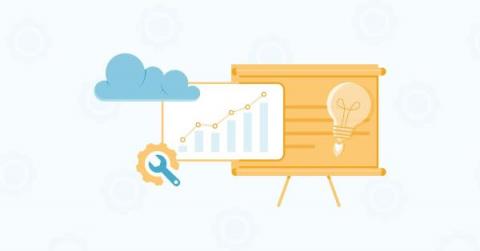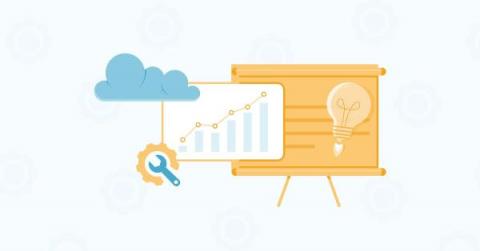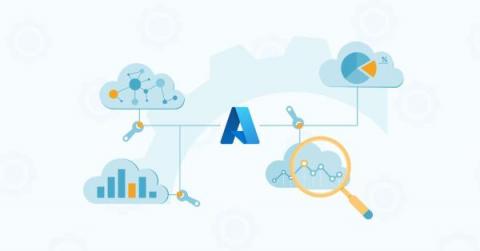Amazon S3 Cost Optimization: 12+ Ways To Optimize Your S3 Costs
The Amazon Simple Storage Service (Amazon S3) is a cloud storage platform that provides highly scalable, low-latency, and relatively affordable cloud storage. Plus, developers can use S3 to save, archive, and retrieve data anywhere on the web at any time with a user-friendly web interface. Amazon S3 is a simple key-based object store you can use to store any type of data, structured or unstructured.


